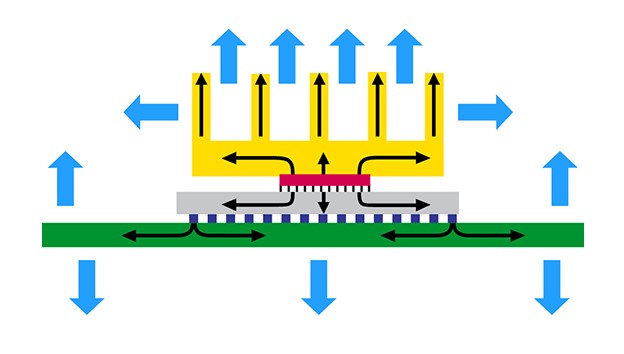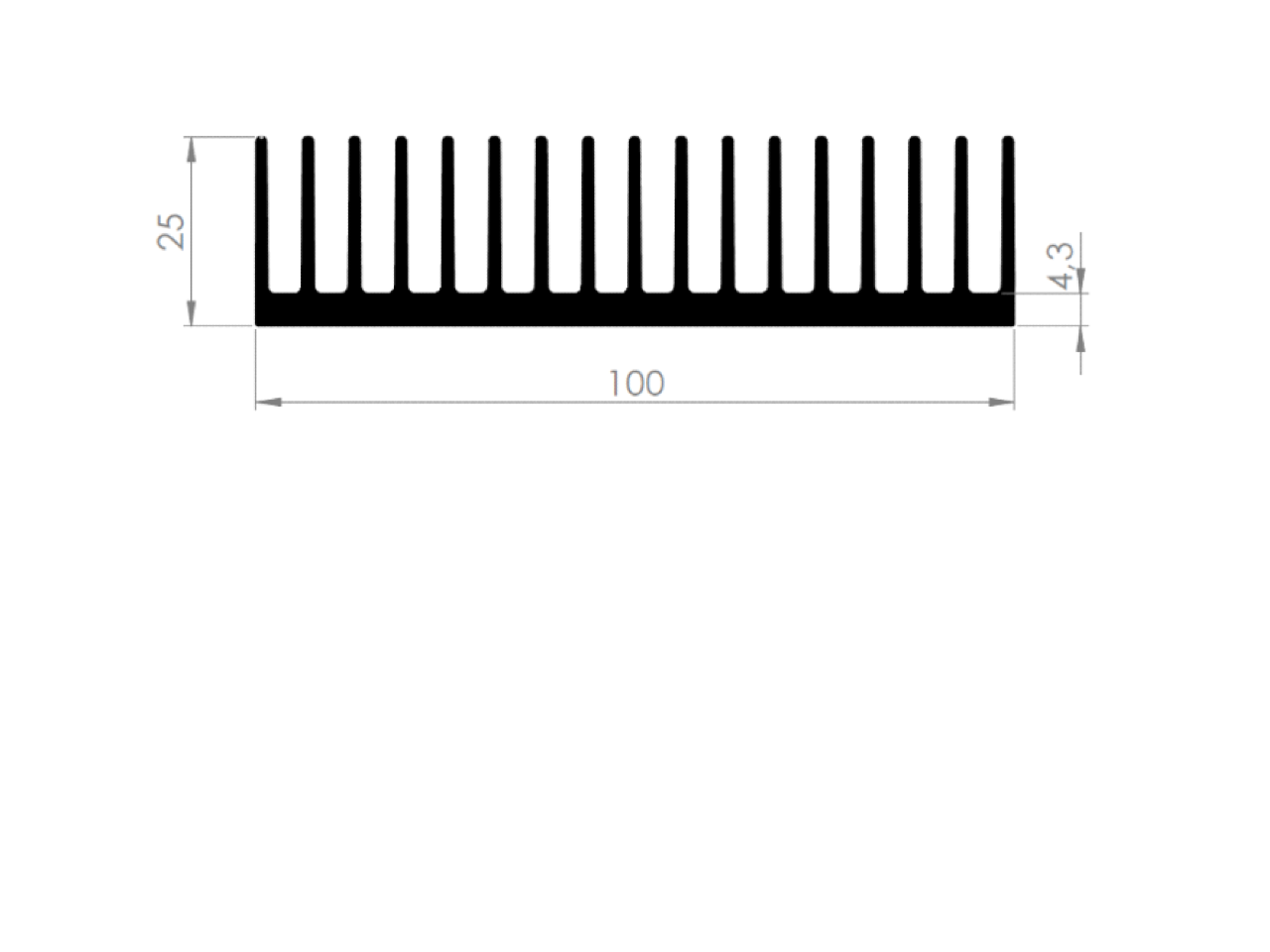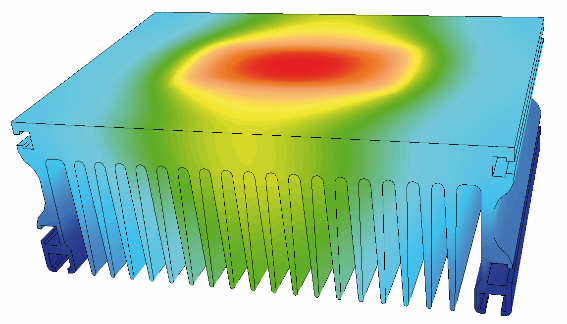It will be very useful to understand some basic information about heat transfer before making cooler selection.
HEAT TRANSFER
If there is a temperature difference between the two environments, the heat passes from the high temperature environment to the low temperature environment. Heat transfer depends not only on the difference in ambient temperatures, but also on the properties of the environment and its surfaces. Therefore, we will examine the heat transfer system under three headings.
Conduction (conduction)
Transport (convection)
Radiation (radiation)
HEAT TRANSMISSION (CONDUCTION)
Heat transfer between two solid objects in contact with each other is called conduction and conduction. It occurs due to the temperature difference between the two objects.
HEAT TRANSPORT (CONVECTION)
The process of energy transport by the movement of a fluid is called convection. If the medium is a liquid or gas, heat energy will be transferred from one region to another due to the temperature difference with fluid movement.
HEAT BEAM (RADIATION)
Radiation is the heat transfer that takes place by emitting with the help of electromagnetic waves without a physical environment.
A coolant performs the process of transferring the high temperature on the component to which it is in contact to the lower temperature fluid medium. The fluid medium is usually air, but it can also be water or a cooling oil. The cooler transfers the heat of the electronic component to the environment by convection, radiation and transmission. The actual heat transfer is shown in the picture below.
Factors Determining Cooler Performance
- Thermal Conductivity of the material from which the cooler is produced [W / (m.K)]
- Surface area and weight
- Surface coating
- Connection style
- Air flow rate in the environment
Generally, these parameters determine the performance of the coolers. So what is the performance of a cooler decided? At this point, we need to know the concept of Thermal Resistance.











